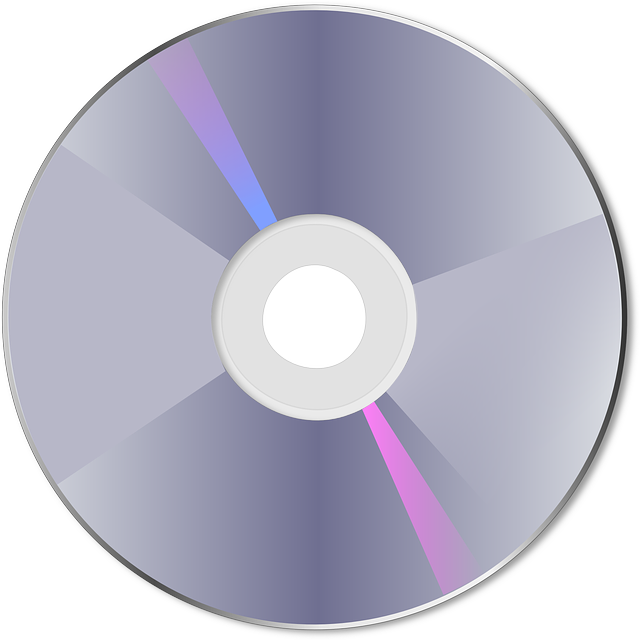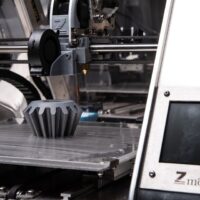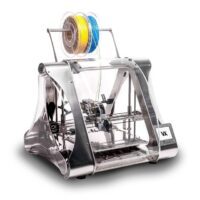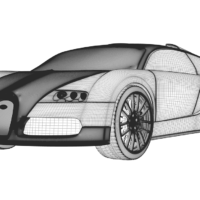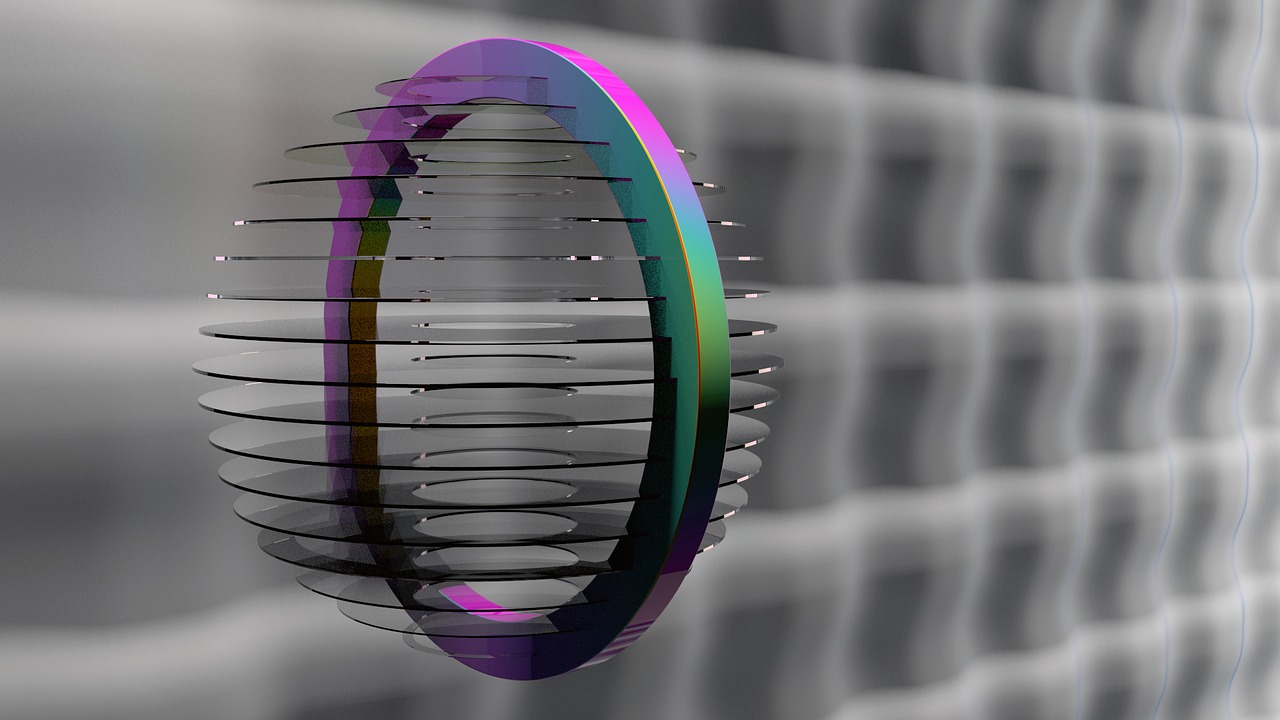
Today we will tell you what 3D modeling is, what it is, where it is used, and what it is all about. This article is primarily geared towards those who have only just heard about 3D modeling, or are just trying their hand at it.
3D modeling has become firmly entrenched in our lives, partially or completely reshaping some businesses. Each industry to which 3D modeling has brought its changes has its own specific standards as well as unspoken rules. But even within the same industry, the number of software packages is so great that for a beginner it can be very difficult to understand and orient where to start. Therefore, to begin with, let’s look at what types of 3D modeling are and where they are used.
There are three major industries that today can’t be imagined without the use of three-dimensional models. These are:
- Entertainment industry.
- Medicine (surgery)
- Industry.
The first one we encounter almost every day. It is movies, animation and 90% of computer games. All virtual worlds and characters are created using the same principle – polygonal modeling.
Polygons are called triangles and quadrangles.
The more polygons per model area, the more accurate the model. However, this does not mean that if the model contains few polygons (low poly), then it is a bad model, and the person has the wrong hands. The same can not say that if the model contains Over999999 polygons (High poly), it’s cool. It all depends on the purpose. If for example we are talking about mass multiplayer, then imagine how your computer will feel when you need to process 200 characters around if they are all high poly?
Polygonal modeling is done by manipulating polygons in space. Pulling, rotating, moving, etc.
The pioneer in this industry is Autodesk (known to many for its product AutoCAD, but more on that later).
Autodesk 3Ds Max, and Autodesk Maya, have become the de facto industry standard. And my introduction to 3D models, as a 15 year old, started with 3Ds Max.
So what do we get when we make a model? We get a visual IMAGE. Gamers sometimes say, ‘I fell through the textures’ in a game. You’re actually falling through polygons of textures. And falling into infinity happens precisely because there is nothing behind the image. Basically, the resulting images are used for RENDER (final rendering of the image), in the game/film/for the desktop picture.
If a polygonal model is made as a closed volume, such as the same sculptures, then thanks to modern 3D printing technology (which will chew through almost any shape) they can be brought to life.
In fact, this is the only way for polygonal 3D models to end up in the real world. From the above, we can conclude that polygonal modeling is needed exclusively for creative people (artists, designers, sculptors). But it is not unambiguous. For example, another major area of application of 3D models is medicine, namely surgery. It is possible to grow a prosthetic bone instead of a fragmented one.
The basic type is solid modeling. From the name you can understand that if we cut a body, it will not be empty inside. Solid modeling is in any CAD system. It’s great for designing frames, gears, engines, buildings, airplanes, cars, and anything else that comes out of industrial production. But it (unlike polygonal modeling) can’t make a model of a supermarket grocery bag, a copy of the neighbor’s dog, or crumpled things on a chair.
The goal of this method is to get not only a visual image, but also measurable and workable information about the future product.
CAD is a precise tool and when working with CAD, you have to imagine in your head the topology of the model beforehand. This is the algorithm of actions that form the shape of the model. Exactly by the topology, you can distinguish an experienced specialist from a crooked one. Not always the conceived topology and complexity of the form can be realized in the solidscope, and then an integral part of industrial design comes to our aid – surface modeling.
